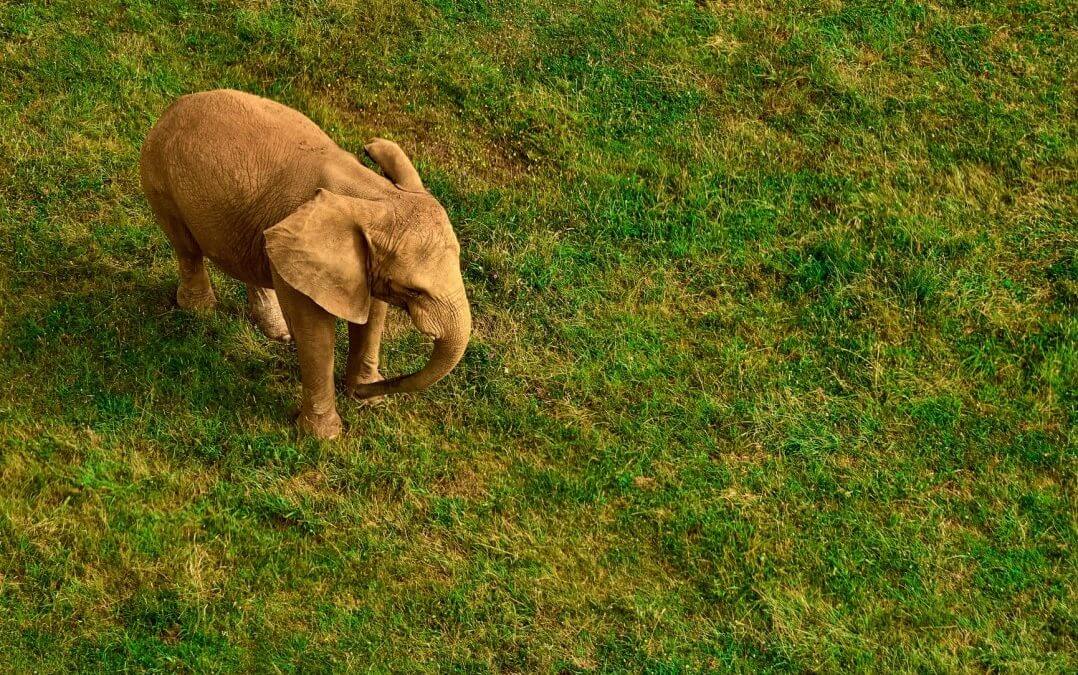When you hear the term “drone”, you probably imagine a flying apparatus that captures pictures and data from above the Earth’s surface. But drones are much more than that – these versatile tools can explore the deep seas, manoeuvre through caves and capture details from all kinds of hard-to-reach places.
Drones are a popular tool for environmental researchers and scientists since they are so adept at surveying spaces and aggregating data. There are many different uses of drones in environmental science – the list below gives you a quick glimpse at some of the diverse applications of drones in this industry.
1. Monitoring erosion
Erosion can pose serious problems in many areas. Local governments and land management agencies have to monitor terrain changes closely to assess stability, vegetation changes and areas of potential concern.
Drones can quickly and efficiently gather data about the environment and snap aerial photos and videos for researchers to review. The 3D point cloud outputs in drones are also highly effective, which surveyors can use to gather accurate land volume measurements.
Real-Life Application: In Australia, Victoria’s roads department uses drones to monitor road conditions and prevent landslides in popular tourist areas. VicRoads uses the 3D imagery to keep tabs on the conditions and prevent environmental catastrophes in the area.
2. Coral reef health
The vitality of coral reefs worldwide is a major environmental concern right now. Reefs support millions of species that range from algae to sharks.
Unmanned air vehicles (UAVs) armed with hyperspectral cameras can capture crucial details about the health of reefs spread over many kilometres. These images contain clues about the health of the reef as well as surrounding features, like sand and algae.
Real-Life Application: The 2300km Great Barrier Reef is one of the world’s natural wonders, and it’s also one of the most diverse and delicate ecosystems too.
Scientists from the Queensland University of Technology (QUT) have started using UAVs equipped with hyperspectral cameras to keep a close watch on the health of the reef.
3. Anti-poaching initiatives
Poachers kill endangered species including elephants, rhinos, tigers and gorillas and despite strong programs to combat illegal hunting, poaching is still a serious international problem.
Drones are helping reduce poaching by monitoring problem areas. They can carry infrared sensors to pick up on body heat from humans and animals at night, magnetic sensors that can detect weaponry and sound recorders to capture the sounds of gunfire. Officials can use this information to quickly apprehend the perpetrators and in turn, save endangered creatures around the world.
Real-Life Application: Tanzania, in Africa, has started using drones to catch poachers who are after precious ivory from elephant tusks. More than 80,000 Tanzanian elephants have been slain for ivory over the last six years, but local law enforcement is hopeful that poachers will be deterred by the ongoing drone surveillance.
4. Habitat management
Poorly managed habitats can cause serious issues for wildlife and conservation efforts. With their diverse capabilities, drones can monitor conservation efforts, migration tracking, flood assessments and more. UAVs are especially useful for surveying hard-to-reach places, like inhospitable coastlines, bogs and cliffs.
Real-Life Application: An Ireland-based ecological consultant uses drones to gather data for habitat management. He uses the data to help local landowners and farmers navigate environmental changes affecting their homes and businesses.
Conclusion
Drones are also being used to monitor whale populations, track wildlife, monitor glaciers, research volcanoes and more. Environmental science is one of many areas that has been completely transformed by using drones for good.
There are many things to consider if you are planning on implementing a drone program. If you would like us to work with you to work out ways of using drones within your organisation, or of you would like help implementing a drone project you are working on, please let us know at admin@mirragin.com.au

